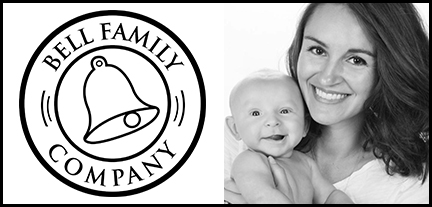Our member families are saying some great things about Bell Family’s childcare services. Our women-run business has an established reputation for quality and excellence in childcare, and families agree! Read below as families share their positive experience working with our team and fun-loving and experienced sitters, nannies and family helpers.
We have used Bell Family Company services for over six years and are so impressed with the wonderful babysitters sent to us. Every one of them has been capable, loving, knowledgeable and fun! My children get so excited every time they come over.
Betsey, mother of 2
I wanted to let you know my 3-year-old endorses your sitters, always! He remembers them and asks for them by name, and even when we have someone new he is beyond quick to say goodbye to me. I couldn’t be more thrilled with that!
Heather, mother of 1
As a busy mom and entrepreneur, I don’t have a fixed schedule. Bell Family Company gives me the best of both worlds: the absolute highest-quality child care — but only when I need it! Their sitters are dynamic, fun and safety-conscious. I get the flexibility I need with the peace of mind I demand.
Elise, mother of 3
Thank you so much for sending two amazing girls to help with our event. They were adorable and full of energy, and all of the kids and mommies loved them. They didn’t stop moving for one moment and were consistently asking what they could do, how they could help, etc. They are such professionals, it’s simply a pleasure!
Annie, Owner of Blast Events NYC
The party you helped us with was AMAZING. The kids had so much that no one wanted to leave! Some of the kids even came up to me and said it was the best birthday party they have ever been to, and to promise to have another one next year just like this one. Thanks to your awesome family helpers who made this last minute birthday party a big success!
UES Mom
I wanted to thank you for your hard work getting us through a very difficult transition of hiring a full time nanny. I’m not sure what we would have done without you! We had worked with another agency last fall, and the difference in experience was night and day. We were very impressed with the quality of candidates you sent us, as well as with your judgment as to who would be a good fit for us.
Cissie, mother of 2

To learn more about Bell Family and the services we provide, visit our website!







